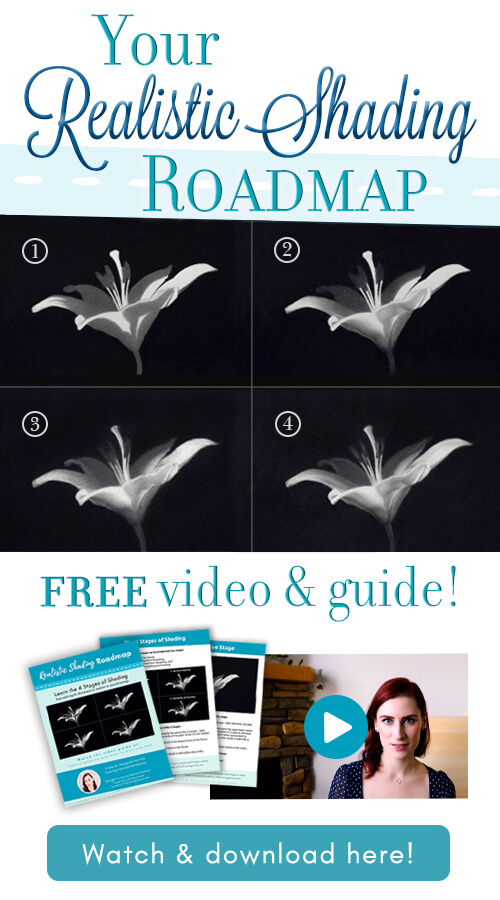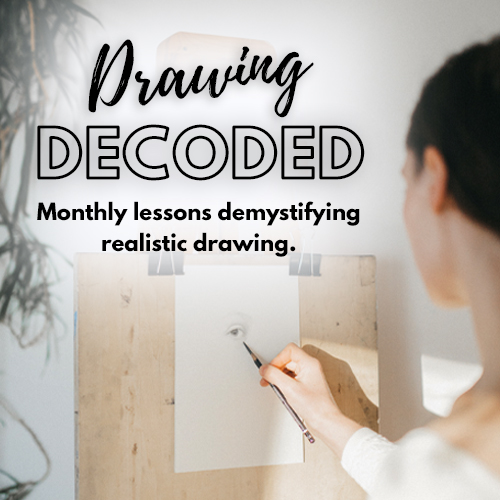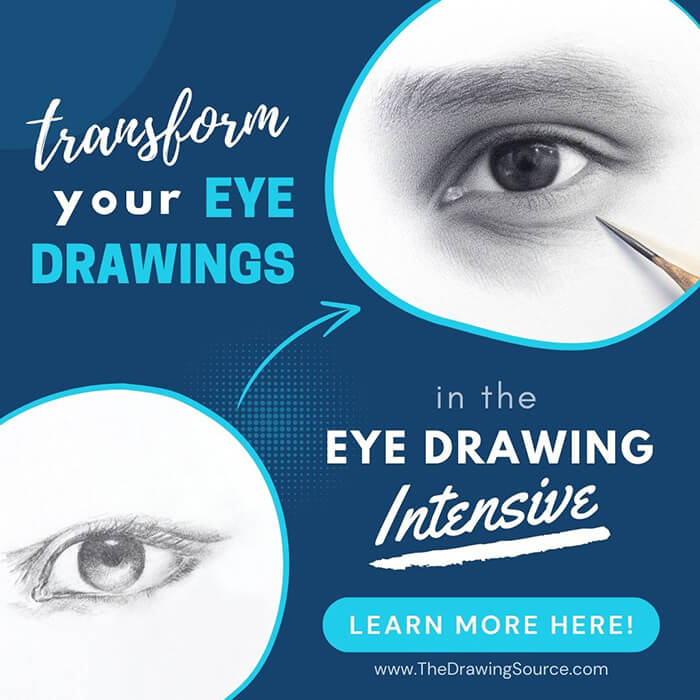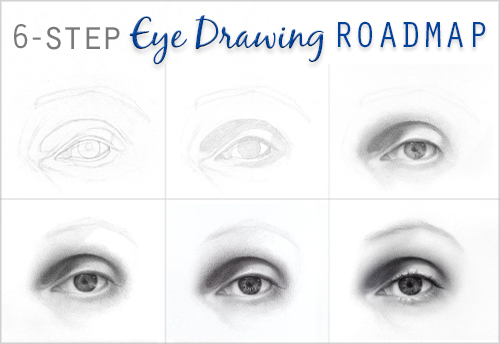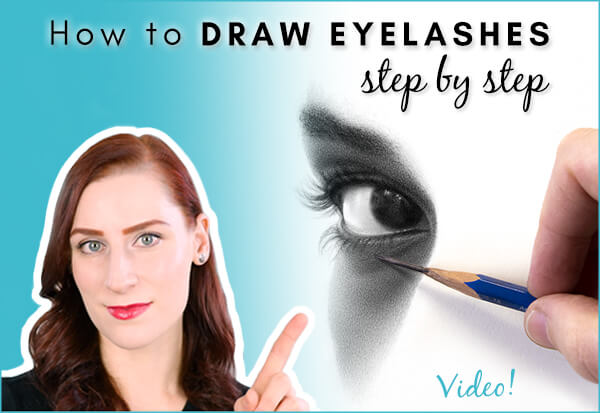- Home
- Value Drawing
- Light and Form
Value, Light and Form
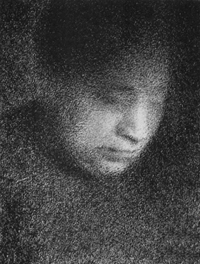 Drawing by Georges Seurat
Drawing by Georges Seurat
What does value have to do with light and form?
Everything, really!
Understanding value is almost synonymous with understanding light and form, because one cannot exist without the other two. The combination of light and shadow creates a range of values, which then creates the illusion of form.
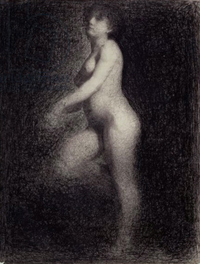 Drawing by Georges Seurat
Drawing by Georges Seurat
Because depicting value and form depends so much on light, we need to
understand how light behaves when it illuminates form.
The good news is that when light falls on form, it acts in predictable ways. We can learn to "predict" the behavior of light by studying how light fall on basic forms, such as a sphere.
Why do we need to know how light behaves when it
falls across a sphere, a cylinder, and the like? Because everything that we draw can be
thought of as being made up of these basic forms, whether it is an
object, a face, or a figure:
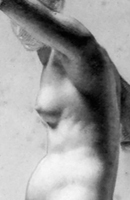
An egg becomes a ribcage!
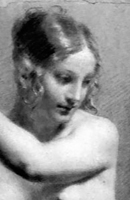
A sphere becomes a cheek or the ball of a foot.
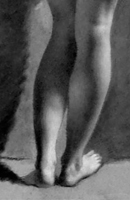
A cylinder becomes the framework for an arm or a leg.
These parts of the body are drawn in a similar way that you would draw the basic forms that they consist of. This means that when you study basic forms, you learn much of what you need to know to draw the figure and portrait!
The Elements of Light on Form
We have established that the way light illuminates form is often quite predictable. What does that mean? It means that when forms are lit by a direct light, similar patterns of light and shadow occur. First, we see two "families" of values: the light family, which is the area of the form that receives the most light from the light source, and the dark or shadow family, which is the area of the form that light cannot reach and is therefore in shadow.
Within these two families are smaller, more specific elements of light on form:
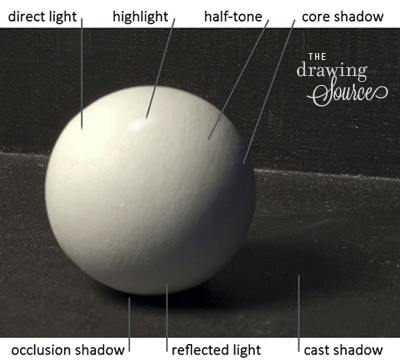
Elements of Form in the Light Family:
1. Direct light
2. Highlight
3. Half-tone
Elements of Form in the Shadow Family:
1. Core shadow
2. Reflected light
3. Cast shadow
4. Occlusion shadow
Elements of form in the light areas:
Direct Light

The direct light (also called the center light) is the area of the form that faces the light source and receives the most direct light.
Highlight

The highlight is the lightest area on the form because it is perpendicular to the light source. It is actually a reflection of the light source, so it moves depending on where you are in relation to it. This is why the highlight should be the last element that you concern yourself with in your drawing.
Half-tone

The half-tone is the gradation between the direct light and the core shadow.
Elements of form in the shadow areas:
Core shadow

The core shadow is the dark band
visible where light and shadow meet. It is the point at which light can
no longer reach the form to illuminate it. It is the darkest area of the
shadow on the sphere (the "form shadow") because it is least affected by reflected light.
Reflected light

Light hitting the surface of an object
can be absorbed or reflected. Usually a little bit of both occurs.
While direct light from the light source cannot reach the underside of
the sphere, it can reach the surface on which the sphere rests, bounce
off of it into the shadow on the sphere, and lighten its value.
Cast shadow

The cast shadow is the shadow on the surface that the object rests on. It is created by the object itself blocking the light from the light source.
There is a useful trick to finding the shape of the cast shadow. Imagine two light rays projecting from the light source to the core shadow on the form. Continue these lines until they hit the surface on which the object rests, and they will show you the boundaries of the cast shadow.
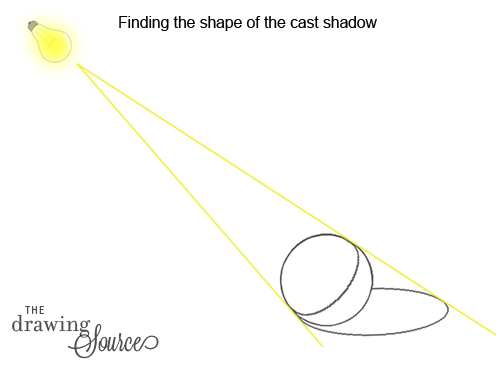
Occlusion shadow

Part of the cast shadow, the occlusion shadow is immediately below the form. It is the darkest segment of the cast shadow because it is least affected by the light source and reflected light.
The Elements of Light and Shadow on the Figure
When we draw the figure and portrait, we combine many basic forms to create the intricate, complex forms of the human body.
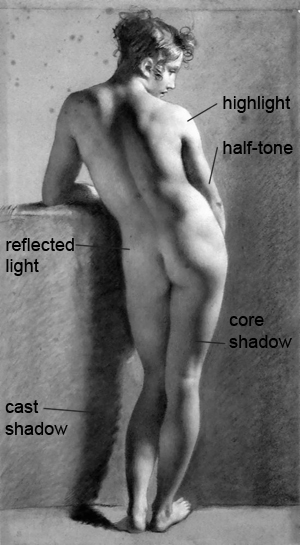
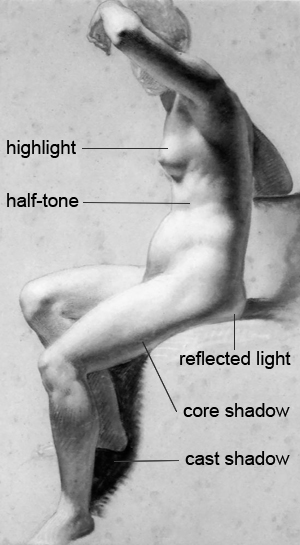
One of the best ways to become familiar with value, light and form is to draw a sphere.
Related Pages
If you enjoyed this page, you may also be interested in ...
